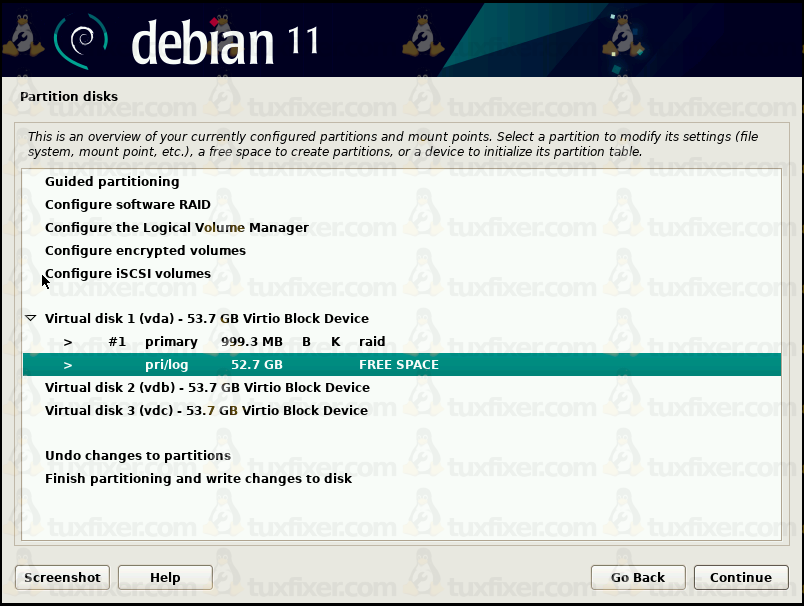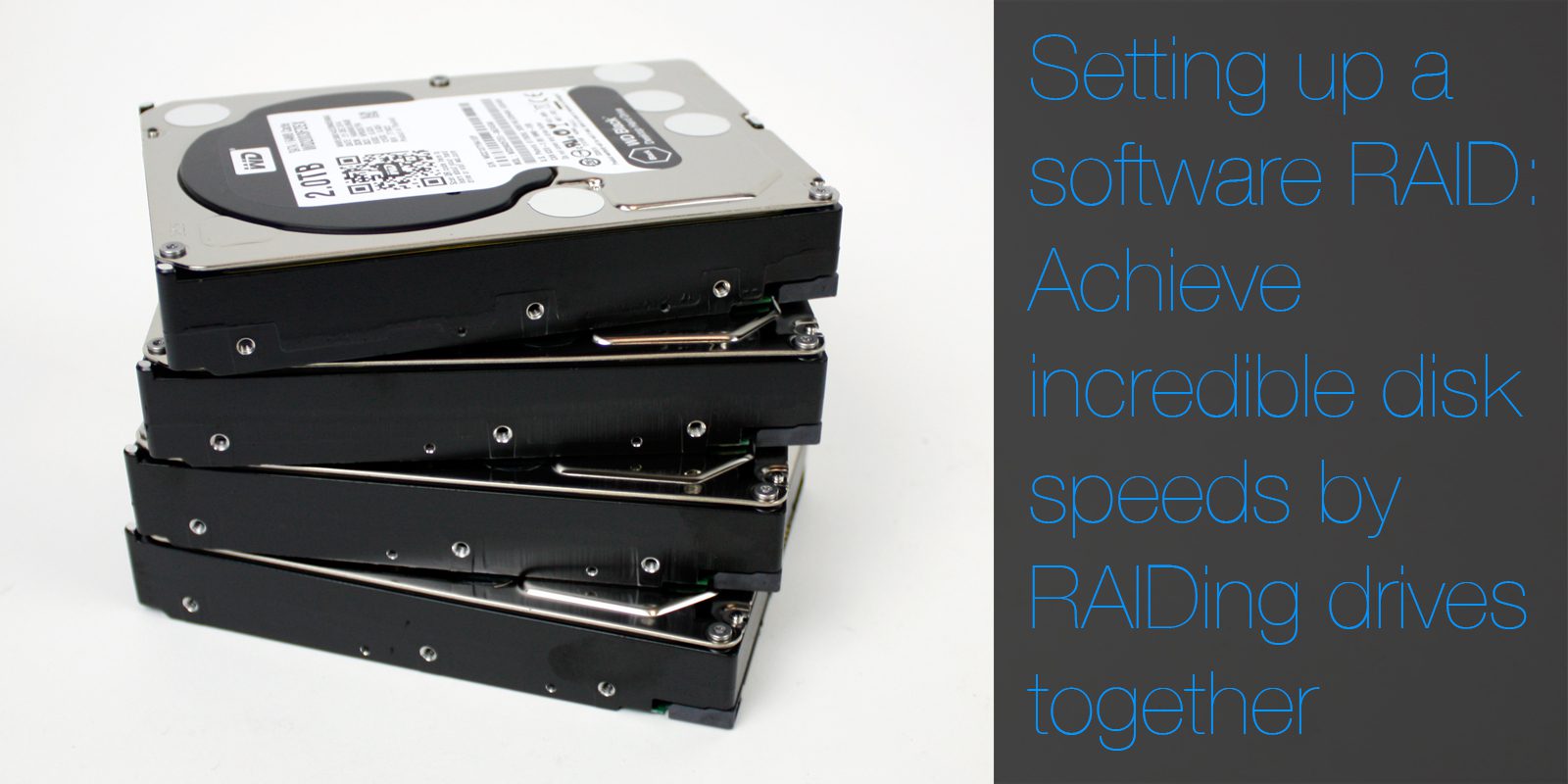

- How to divide disks in softraid install#
- How to divide disks in softraid manual#
- How to divide disks in softraid software#
If the volume is disabled (that is, the mirror is broken), you must relabel the drives, which causes all of the data to be lost. You can replace and resynchronize the failed disk. If a single disk fails, the data is still available, but the volume will be in the degraded mode. When the operating system needs to read from the mirrored volume, the operating system reads from whichever disk is more readily accessible at the moment, which can result in enhanced performance for read operations. The disks are maintained at all times with exactly the same information. Whenever the operating system needs to write to a mirrored volume, both disks are updated.
How to divide disks in softraid install#
If you mirror the boot drive, you must create the RAID volume before you install the operating system.
How to divide disks in softraid software#
This configuration provides higher performance than conventional software mirroring using volume management software. You can configure hardware disk mirroring using the SAS controller. One logical volume is duplicated on two separate disks (primary and secondary configuration). System performance using RAID 0 will be better than using RAID 1, but the possibility of data loss is greater because there is no way to retrieve or reconstruct data stored on a failed disk drive.ĭisk mirroring ( RAID 1) is a technique that uses data redundancy (two complete copies of all data stored on two separate disks) to protect against loss of data due to disk failure. If a RAID 0 volume is disabled (broken), data is lost. When you create a RAID volume, all data contained on the drive is lost. Read operations are satisfied at one location (performs as a single disk).

Write operations are committed in a round-robin fashion across all member disks, so performance is increased in some workload scenarios. Data is written across all disks (concatenated) in exactly one location. In a striped arrangement, each block is divided and portions of the data are written to different disks simultaneously. In nonstriped disks the operating system writes a single block to a single disk.

This section describes the RAID configurations that are supported on the Sun Fire V215 and V245 servers.ĭisk striping ( RAID 0) is a technique for increasing system throughput by using several disk drives in parallel. There are several levels of RAID configurations that provide varying degrees of data availability with corresponding trade-offs in performance and cost. To service non-hot-pluggable components, you must shut down the server. Note - The raidctl(1M) command does not support non-hot-pluggable devices. Contact your service representative for more information about these commands.
How to divide disks in softraid manual#

With Solaris 10 8/07 OS release, the raidctl(1M) command has been updated. You should use the Solaris OS raidctl(1M) command to configure the volumes. The Sun Fire V215 and V245 servers support RAID 0 and RAID 1 configurations.


 0 kommentar(er)
0 kommentar(er)
